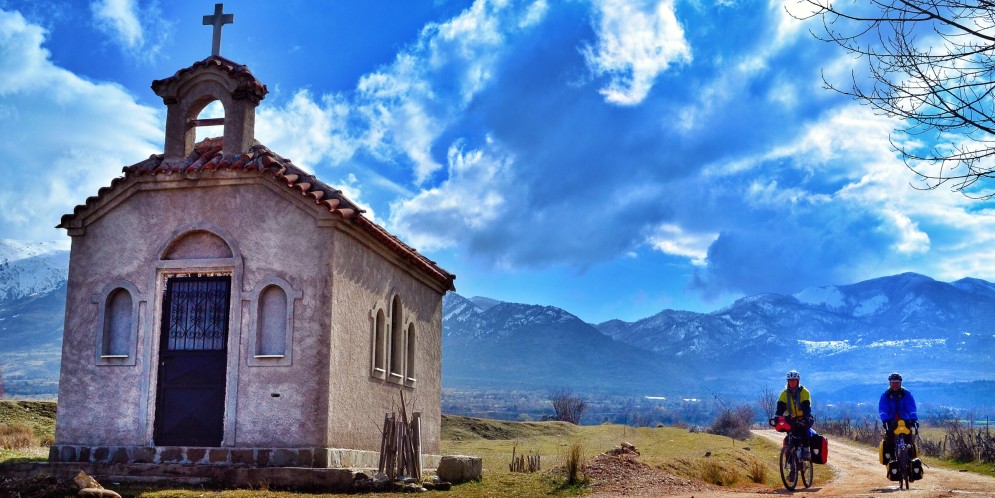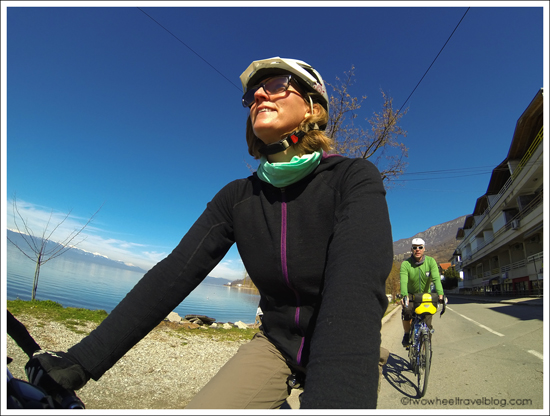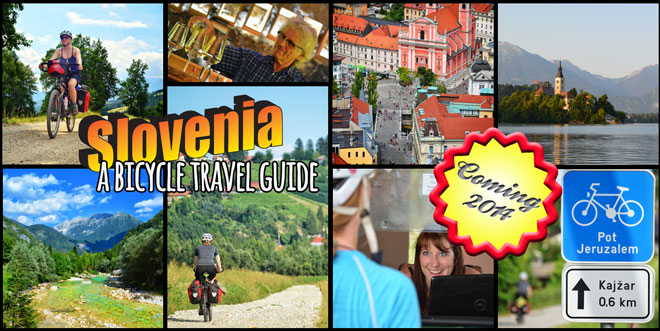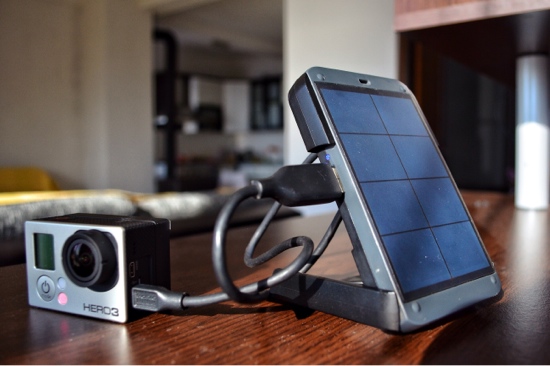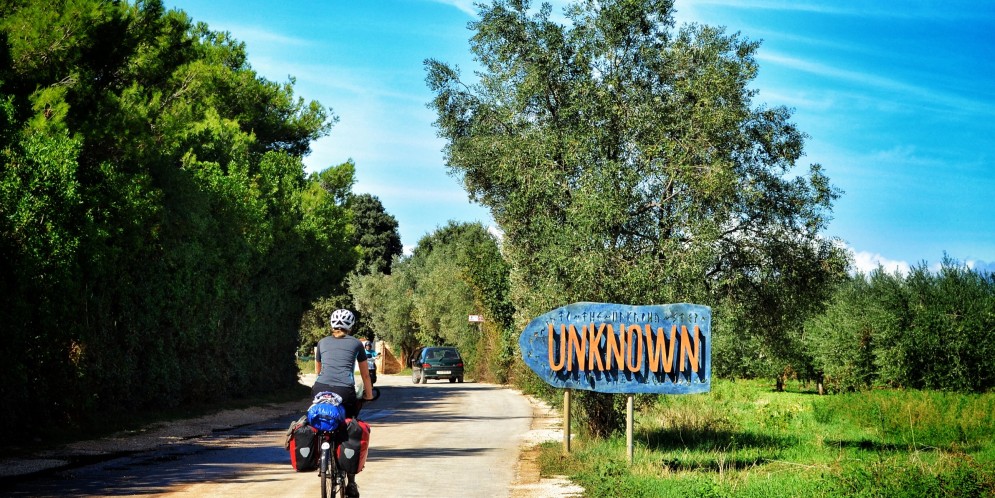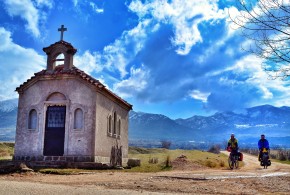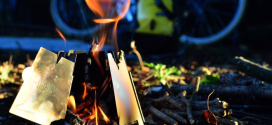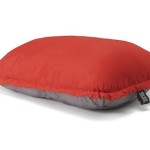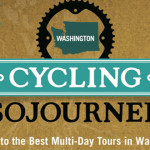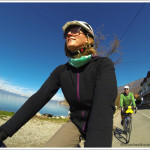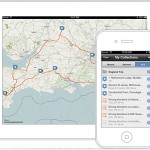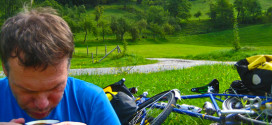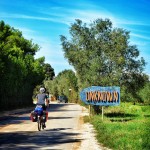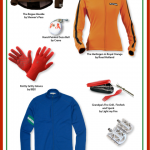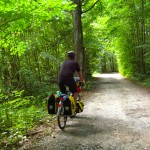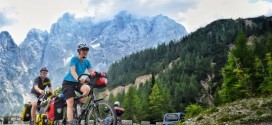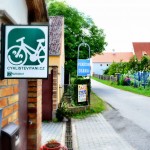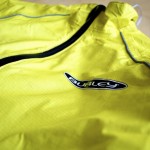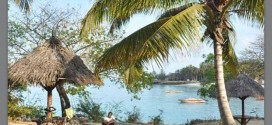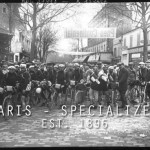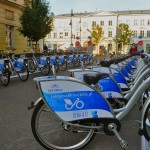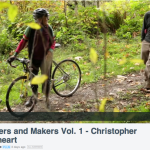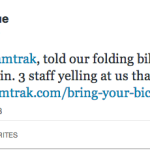-
Albania – Europe’s last Bicycle Touring frontier
Albania is Europe's last bicycle touring frontier. Remote, unknown and visually stunning - During a seven day tour in early March we took an in depth look at the southern reaches from Lake Ohrid to Sarande, and here's what we found. Read More »
-
Gear Review: Vargo Titanium Hexagon Stove
About 6 weeks ago the Vargo Titanium Hexagon Stove landed on our doorstep here in Portland. Since then, we have used it on 3 separate overnight bike camping trips, and one 3 day back country gravel romp around Mt. Hood. To find out how it fares... Read More » -
Gear Review: Grand Trunk Adjustable Travel Pillow
-
Cycling Sojourner – a guide to the best multi-day tours in Washington: Book Review
-
Gear Review: IO Merino Elemental Jacket and Arizona Hoody
-
Gear Review: Galileo Offline Maps Version 3.0
-
What makes a campground bicyclist friendly?
Some are better than others, but really most campgrounds bizarrely overlook the small improvements that could lead to attracting even more cyclists and add to their own PR efforts. What makes a campground bicyclist friendly? Read More » -
The case for bicycle tourism
-
My favorite thing about bike touring Slovenia is….
-
The Bicycle Traveler’s Holiday Gift Guide 2012
-
Top 5 myths about bicycle travel and how to dispel them.
-
How to climb with a loaded touring bike
When I first started cycling, I hated climbing. As a kid ripping around on my 10 speed bike, I would walk up most hills. In later years, when my folly was mountain biking, I would make every effort to route my rides around big climbs, if at all possible. Looking back at those days, if I had known would I ... Read More » -
Simple things that encourage bicycle travel
-
Wet weather cycling: How to revive your rain gear
-
How to fly with a bike: The cheap and easy method
-
Bicycle Traveler Magazine, issue 6
Want to buff up your reading list? One of our fave publications, Bicycle Traveler Magazine, issue #6 is out and available for (free) download. Read More » -
Roubaix trademark debacle – Fuji weighs in
-
Has Bike Sharing hit the mainstream?
-
Movers and Makers – video series by Swobo
-
Bikes on Amtrak roll forward, slowly
 Two Wheel Travel Mapping the bicycle travel revolution
Two Wheel Travel Mapping the bicycle travel revolution
